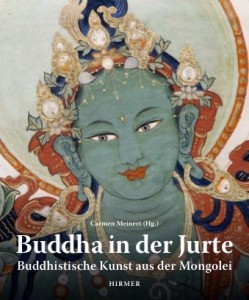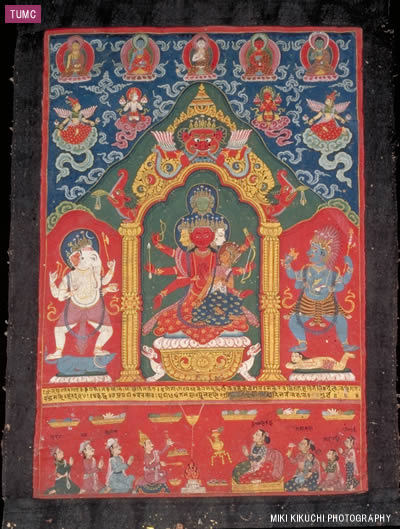Someone in England is studying the sources of the South Asian Buddhist mainstream?
“The project, which is led by Sanskrit-specialists Dr Vincenzo Vergiani and Dr Eivind Kahrs, will study and catalogue each of the manuscripts, placing them in their broader historical context, a university release said.
So far, so good.
“In the 1870s, Dr Daniel Wright, surgeon of the British Residency in Kathmandu, rescued the now-priceless cultural and historical artefacts from a disused temple, where they had survived largely by chance.”
Oh dear. Still, this sounds better:
“Most of the holdings will also be digitised by the library and made available through the library’s new online digital library (http://cudl.lib.cam.ac.uk/).”
Let’s hope the cameras get to those masterpieces of Nepal and the Pāla Dynasty before the local twits [see final sentence], eh?
(‘Cambridge to study ancient Sanskrit texts.’ Deccan Herald, Nov 8, 2011.)




